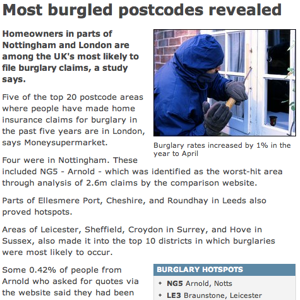For a few years we were a two fridge family. This was, I have no hesitation in confessing, extravagant and bad for the environment. It was also entirely unintentional.
When we moved to our current house we, of course, brought a lot of stuff with us, including our own fridge freezer. We’d failed to appreciate that the previous owners had one ‘fitted’ in the kitchen and were leaving it. Finding ourselves with two fridges we did what any self-respecting couple who like to pretend they have an active social life would do: we had a drinks fridge.
To be fair there wasn’t that much else we could do. It was firmly wedged in (as I discovered when I finally had no choice but to remove it, which I could only do by also removing chunks of the kitchen) and we never had enough confidence that it was cool enough to store anything that might go off and poison us – it was probably past it when we inherited it. But it was great for storing all those best served chilled products, and meant we never had to choose whether we kept vodka or fish fingers in the freezer.
But all good things must come to an end and, after a brief period standing in when our ‘proper’ fridge died it too came to the end of its long and faithful service.
After somehow getting it out of the cupboard that had been fitted around it we called the council and arranged for a bulk item collection and, until they were due to take it left the old fellow in the front garden.
And from there he was stolen.
Someone came into our front garden and took it. What’s worse is that it was right up against our front window and we were in when it happened, but despite the size and the awkwardness of it they managed to take it without us noticing.
Now to a degree I don’t really care. While we’d paid the council to take it, the net result is that it was taken, it’s neither here nor there how it went. And it was a really manky fridge. It had been left for a while after it died and scary things had started growing in it (which also made me glad we’d pretty much only ever used it for liquids that were not only in sealed containers but also had antiseptic properties.)
What does annoy me is that it would have been taken by someone who will probably take out the cooling pipes – which apparently have a scrap value – and then fly-tip the remains. And that it was, technically, theft – it was on my property and taken by someone who did not have permission. Not that I’m going to report it.
But it’s also a lesson about home security. And here comes the morale of my tale, like He-Man at the end of an episode… That someone managed to remove a large, cumbersome fridge, fairly inconveniently placed in our garden, without us noticing while we were in the house rather suggests that if it had been something valuable left near an open window that could easily have gone too. The crime reports I publish currently have too many burglaries made possible by doors and windows left open because of the hot weather, and if my fridge is anything to go by, it’s not hard for thief to take advantage of the smallest opportunity.

